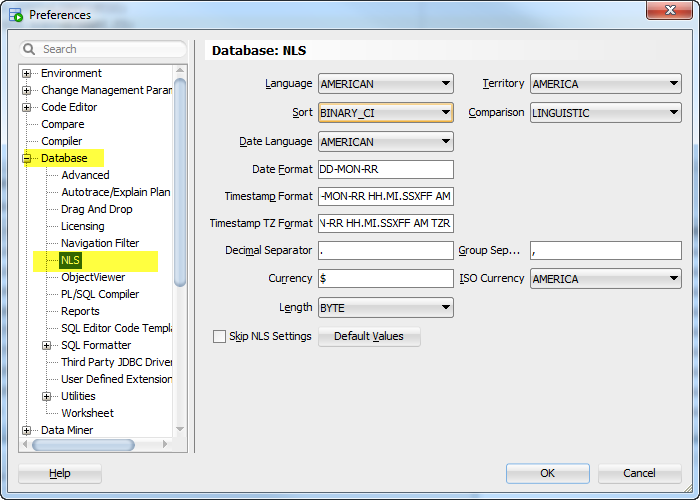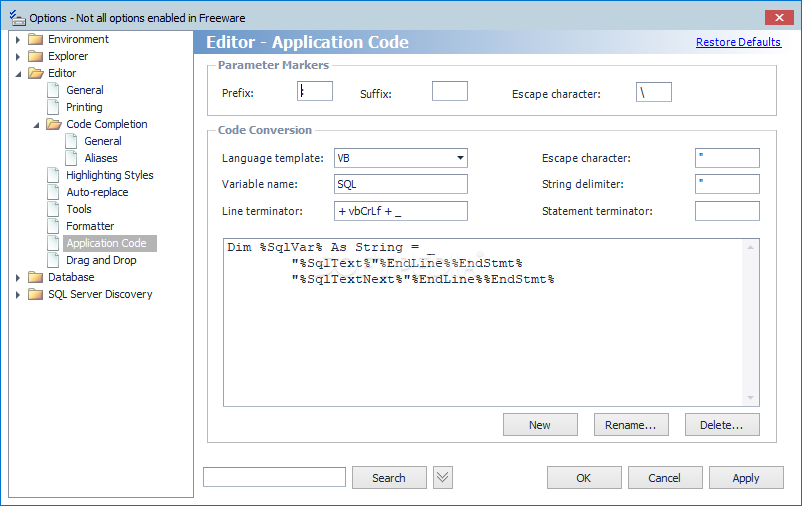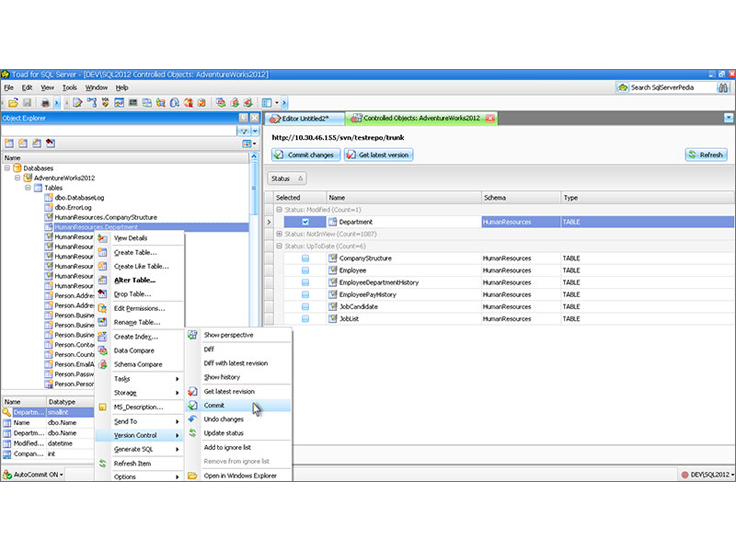

The optional defaults to three periods (. Furthermore, the on overflow truncate clause allows one to specify how the result is terminated: ON OVERFLOW TRUNCATE WITH COUNT The on overflow truncate clause prevents the overflow by only concatenating as many values as the result type can accommodate. In this case, the standard requires an exception with SQLSTATE 22001 to be raised 5- in practice, this requirement is not fulfilled. Listagg accepts the optional on overflow clause to define the behavior if the result exceeds the length limit of the return type: LISTAGG(, ON OVERFLOW …) The return type of listagg is either varchar or clob with an implementation defined length limit. If needed, coalesce can be used to replace null values before aggregation. If no not null value remains, the result of listagg is null.

Listagg removes null values before aggregation 2 like most other aggregate functions. 1 Bind parameters are nevertheless well supported in practice. 0 The standard only allows character literals in -i.e.

The must not contain window functions, aggregate functions or subqueries. The minimal syntax is: LISTAGG(, ) WITHIN GROUP(ORDER BY …) Listagg is an ordered set function, which require the within group clause to specify an order. When implementing electronic data interfaces, arrays and document types (JSON, XML) are advantageous as they offer type safety, or at least proper escaping. when aggregating numbers, dates, or strings that are known to not contain the separator. The safe use of listagg for electronic data interfaces is therefore limited to cases in which an unambiguous separator can be selected, e.g. Listagg does not apply any escaping: it is not generally possible to tell whether an occurrence of the separator in the result is an actual separator, or just part of a value. Listagg is typically used to denormalize rows into a string of comma-separated values (CSV) or other comparable formats suitable for human reading. You can configure debug trace options in Tools | Options | Debugger | General.įor each object you want to set parameters for in the script.The listagg function transforms values from a group of rows into a list of values that are delimited by a configurable separator.This flag is cleared after every execution.The final return value from a function.The debug trace does not collect the following: You can disable this in the options page. This means that when you replay a trace, you see the script in as it looked when the trace was created regardless of whether the object has been changed in the database.

Global variables are not collected by default, but you can enable it in the options page. See Collect and Replay Debug Traces for more information.
#Toad sql server parameter code#
Select this checkbox to generate a trace on a piece of code executed through the debugger, which can later be replayed to investigate what actually happened during the execution. Review the following for additional information: To manually set debugger start parametersįunction, or trigger from the list of available objects to display their It does not include all step and field descriptions. Note: This topic focuses on information that may be unfamiliar to you. Setting these parameters, you can modify the parameters by manually setting The first time you attempt to run the debug script, you areĪutomatically prompted to set start parameters to use as an entry point,Īs well as providing values for all the required parameters. You are here: Edit SQL > Debug SQL > Set Start Parameters Set Start Parameters


 0 kommentar(er)
0 kommentar(er)
